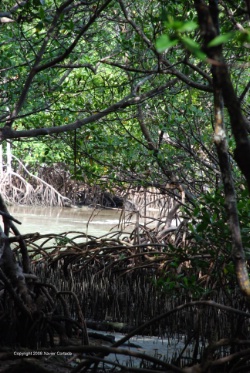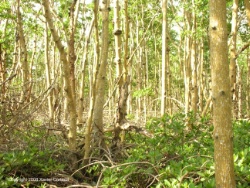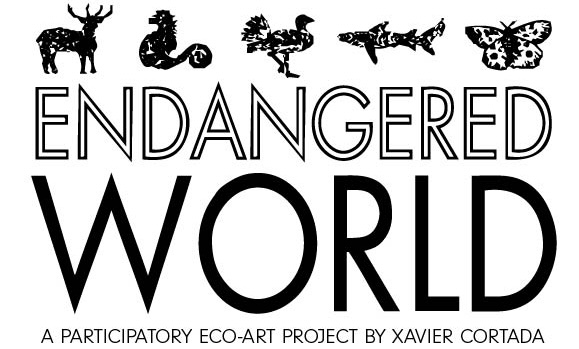There are many reasons why living responsibly in our environment is important, including the following:
- Certain animals and plants are good food sources.
- A balanced environment provides clean water and air.
- Different types of soil can grow different types of food.

When we move into an environment, we will inevitably change it. As human populations grow, environments will be impacted more and more. With environments changing at a faster rate every day, we lose the benefits of maintaining an environment. This loss could impact our health and way of living.
As we change the environment, we affect the biodiversity of species in their native environment. Mass tree-cutting takes away living habitats for birds and insects and possible food sources for animals. Strips of land turned into roads create barriers that animals did not have to cross before. These changes force animals and plants to adjust to their new environment, with some surviving and others dying. The death of native plants and animals reduces the biodiversity of the environment, creating an imbalance in our environment. This imbalance could reduce the quality of our environment, the same environment giving us clean water and air.

Why preserve biodiversity? Because biodiversity affects you.
Biodiversity does have its roots in science, but what you probably did not know was how much of an impact biodiversity has on your life.
In an economic setting, preserving biodiversity can contribute to better agriculture. Biodiversity contributes to the stability of an environment, including the environment’s climate. More climatically stable seasons allow farmers to have better crop yields, more arable soil, less droughts and floods, and less soil erosion from decreased flooding. Moreover, farmers can reduce the number of pests to protect their crops by introducing natural predators instead of using artificial pesticides. The results of biodiversity are lower prices and healthier food for you.
Biodiversity also plays a role in tourism. As an example, Florida’s beautiful climate and pristine beaches attracting people worldwide are because of the state’s biodiversity maintaining a delicate balance between land and water environments.





